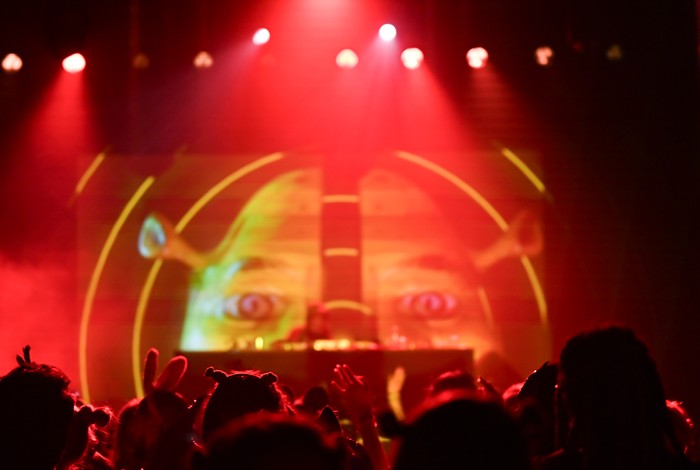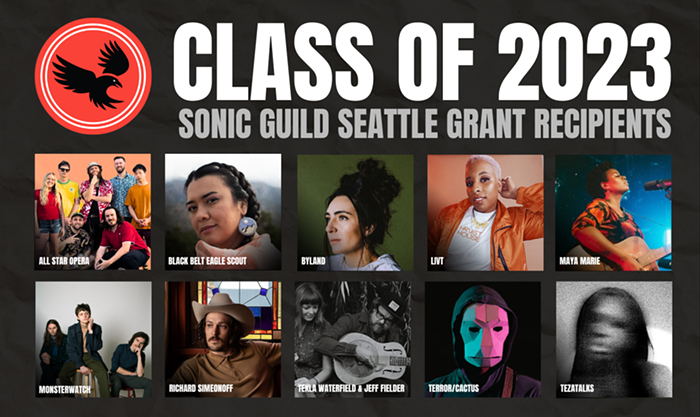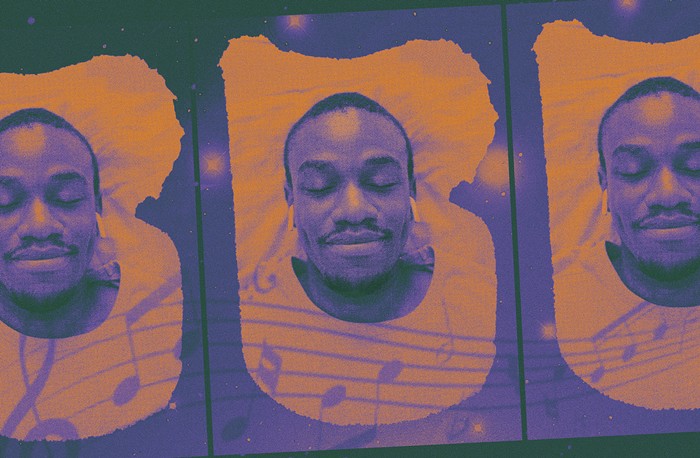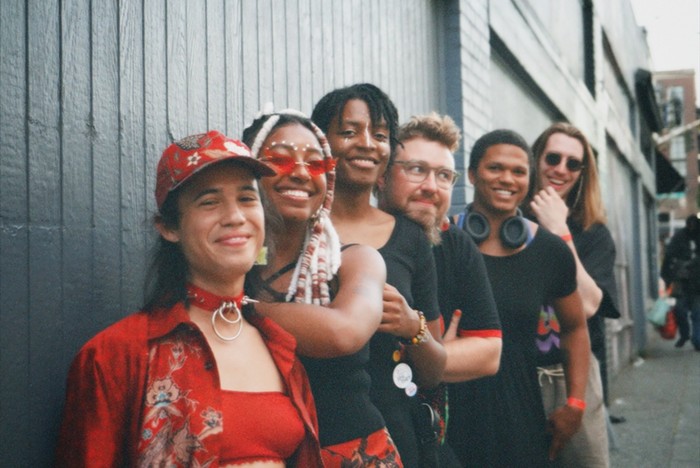Classical, Jazz, & Avant
I spent the weekend reading Tim Lawrence's forthcoming Love Saves the Day: A History of American Dance Music Culture, 1970-1979 (Duke University Press). Blending oral history, rare photos, sordid gossip, nontechnical discussions of primitive DJ mixing techniques, playlists, and corporate sales data, this highly readable book recounts the genesis, dissemination, and oversaturation of disco. While the book's overly broad subtitle bypasses America's multifarious forms of dance--The Rise and Fall of Disco 1970-1979 would be more accurate--the encyclopedic Love Saves the Day nobly enshrines the efforts of those pioneers (now in the their 50s, if alive at all) who shaped club culture, and unwittingly provides a blueprint for a desperately needed book: a history of experimental music in Seattle.
I don't know if anyone alive remembers John Cage's Seattle sojourn at Cornish in the late 1930s, however a few musicians active in the 1950s and '60s still survive and thrive in these parts. Someone needs to track these folks down (watch out: some are grouchy hermits), conduct interviews, and peruse personal archives before it's too late. And unlike Paul De Barros, whose excellent Jackson Street After Hours: The Roots of Jazz in Seattle (Sasquatch Books) gently alluded to the general absence of innovation in the scene here, whoever dares to document local activity in electroacoustic music, noise, out-jazz, instrument invention, contemporary composition, and free improvisation will encounter artists equal, if not superior, to better-known names in Grade A cities (Paris, London, N.Y., Chicago, San Francisco, Berlin, Vienna). Coupled with a set of compact discs, such a chronicle might counter the rootless ignorance of local history so endemic among musicians and listeners today.
Some of you have e-mailed me about the spate of standing ovations at classical concerts. Audiences do gush too much these days, so here are my own guidelines. A standing ovation is for (A) an excellent piece of music played with uncommon grace and perfection, (B) a tribute to a great artist not likely to return to our humble burg, and (C) the second (or depending on your religion, first or third) coming of the Messiah. A standing ovation should be bestowed sparingly, a rare ritual for performers and audiences that seals a special experience. Don't feel compelled to stand just because the rest of the audience sheepishly leaps to its feet.
One recent performance that definitely deserved (and received) a standing ovation was Pacific Northwest Ballet's Agon. Sandwiched between the sleep-inducing Divertimento No. 15 with music by Mozart (the dancers kept me awake) and the Brahms-Schoenberg Quartet, Agon was well played and looked razor-sharp, eliciting gasps (especially during the smoldering pas de deux) and bravos from the audience. I was happy to stand, hoot, and holler for a still-fresh masterpiece.


















